
AS KIDS, MOST of us try holding our breath underwater. We swim submerged laps in backyard swimming pools or dare each other to touch the sea floor at the beach. Turns out we’re freediving, a sport that’s enjoying a seemingly stratospheric increase in popularity.
The term freediving refers to voluntarily submerging your face underwater on a single breath, an act also known as apnoea – the suspension of respiration. It may encompass a variety of activities such as spearfishing, underwater photography, or simply diving a bit deeper during snorkelling. But when it’s discussed as a specialised pursuit, it usually refers to people focusing on apnoea and trying to prolong their time underwater, in either a recreational or competitive arena.
Why spend more time underwater on a single breath? It’s partly to do with the sensory experience, says Dr Jody Fisher, an applied mathematician working on interdisciplinary areas, including the physiology of freediving.
“If you’re on a deep dive in very clear water, you’re surrounded by bright blue and you get these ribbons of light that are just streaming around,” says Jody, who’s also the technical officer of the Australian Freediving Association (AFA), the not-for-profit organisation that promotes freediving in Australia. “It’s incredibly beautiful and, on top of that, you’re holding your breath, so your heartbeat is slowed. You get a sense of being suspended in time. It’s just incredibly peaceful.”
It seems plenty of people agree. Jody says freediving schools are popping up across the country, and there’s been an exponential increase in people becoming certified freedivers and competing. Apart from the COVID pause in recording data in 2020, the sport has averaged 40–80 per cent growth annually since 2014.
This story is from the {{IssueName}} edition of {{MagazineName}}.
Start your 7-day Magzter GOLD free trial to access thousands of curated premium stories, and 9,000+ magazines and newspapers.
Already a subscriber ? Sign In
This story is from the {{IssueName}} edition of {{MagazineName}}.
Start your 7-day Magzter GOLD free trial to access thousands of curated premium stories, and 9,000+ magazines and newspapers.
Already a subscriber? Sign In

SULAWESI SENSATIONS
There are worlds within worlds and marvels untold waiting to be experienced on Indonesia's remote islands.
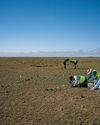
SEARCHING FOR AUSSIE DINOSAURS
Our understanding of where to find ancient life in Australia has been turned on its head by a new appreciation of the country's geology. Now the world is looking to our vast outback as the latest hotspot to locate fossils.
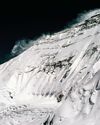
THE HARDEST NIGHT
The first Australian ascent of Mt Everest in 1984 is one of the great feats of mountaineering. Climbed by a small team semi-alpine style, with no bottled oxygen, via the Great (Norton) Couloir, it remains unrepeated 40 years later.
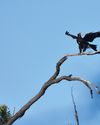
WEDGE-TAILED WONDER
The chance discovery of an eagle nest leads to an extended vigil observing normally hidden behaviours of one of nature's supreme winged marvels.
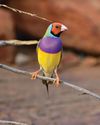
BURDENED BY BEAUTY
Northern Australia's Gouldian finch survives in huge numbers in cages around the world, but its wild population continues to struggle.
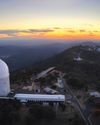
A TELESCOPE FOR A GOLDEN AGE
After a stellar 50 years as one of the country's major scientific assets, the AAT continues to play a major role in keeping Australian astronomy on the world stage.
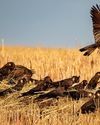
COCKY WHISPERING AT COOMALLO CREEK
This patch of remnant bush on the edge of the West Australian wheatbelt is a place loved by one of Australia's rarest bird species and the man who has studied the site for more than 50 years.

A PIONEERING PAIR
Louisa Atkinson and her mother, Charlotte, were among Australia's earliest authors, and pioneers in women's rights.
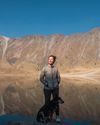
THE LONGEST WALK
Lucy Barnard is walking from Argentina to Alaska -the length of the Americas - on an extraordinary journey of endurance and adventure.
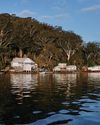
SECLUDED, BUT NOT ALONE
In an era of heightened social isolation, where many of us lead lonely lives, Dangar Island offers the chance to be part of a supportive, connected community.